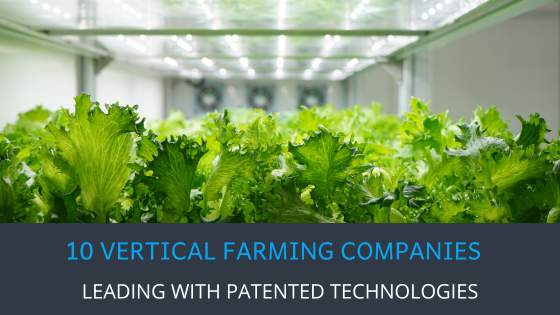
General Patents
Latest News and Articles
Menu

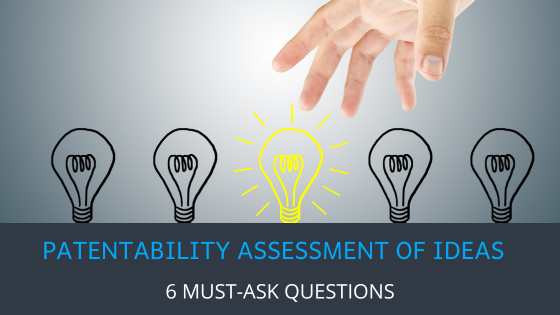
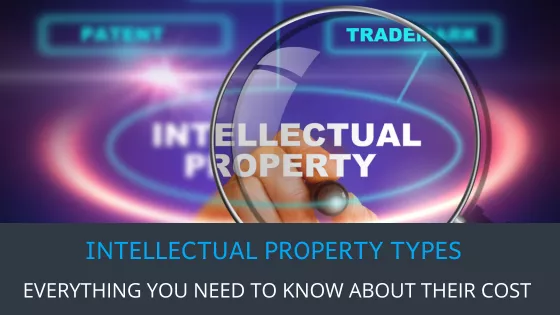
4 Types of Intellectual Property & Related Costs
January 30, 2025

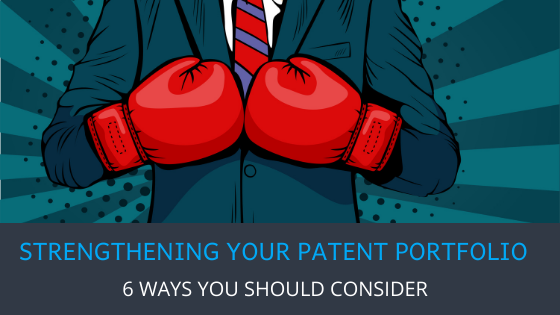
6 Ways to Strengthen Your Patent Portfolio
May 19, 2024
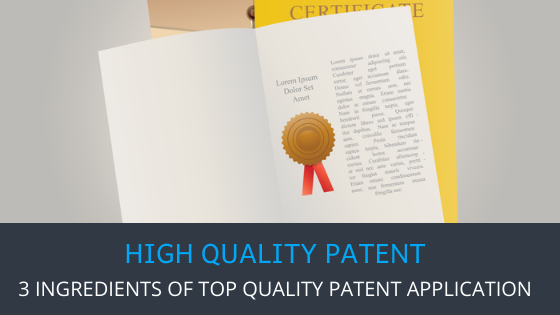
3 Ingredients of High-Quality Patent Application
May 16, 2024
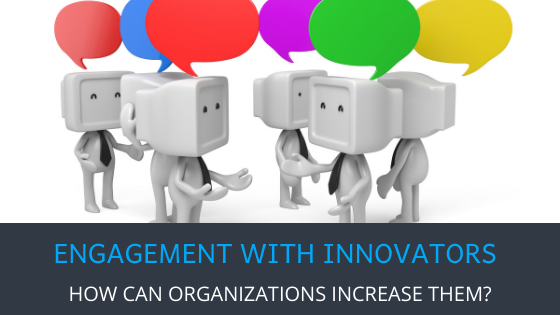
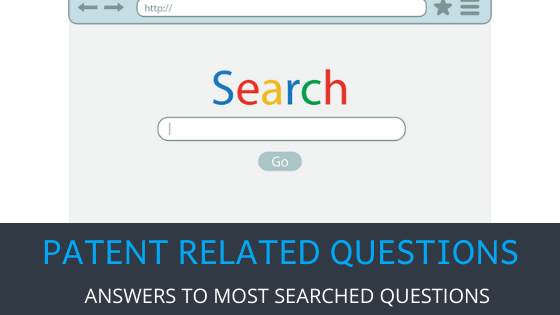
Answers To 25 Most Searched Patent Related Questions
December 26, 2019
Use Cases
Innovation Toolkit
Learn Innovation Management
Standalone Tools
© 2025 Triangle IP, Inc. | All Rights Reserved.
